Grow Okra in Containers: Your Guide to a Bountiful Harvest
Grow Okra in Containers? It might sound surprising, but it’s entirely possible to cultivate this delicious Southern staple even if you lack a sprawling backyard garden. I’ve always loved okra – its unique texture and flavor are simply unmatched in stews, gumbo, and even fried as a tasty snack. But for years, I thought growing it was limited to those with acres of land. Then I discovered the joy and simplicity of container gardening, and my world changed! This article is your passport to a bountiful okra harvest, no matter how limited your space.
Historically, okra has deep roots in Africa, spreading across the globe through trade and migration. Its cultivation became particularly significant in the Southern United States, where it became a cornerstone of many beloved dishes. But today, with urban living on the rise and space at a premium, many people are finding that traditional gardening methods just aren’t feasible. That’s where the magic of Grow Okra in Containers comes in!
Why Container Gardening for Okra?
This DIY guide is for anyone who dreams of fresh, homegrown okra but doesn’t have the space for a traditional garden. Whether you live in an apartment, have a small balcony, or simply want a more manageable gardening experience, growing okra in containers offers a fantastic solution. You’ll gain control over your plant’s environment, ensuring optimal sunlight and watering, leading to healthier plants and a more abundant harvest. Plus, it’s incredibly rewarding to see these vibrant plants thrive in your own little urban oasis!
So, let’s dive in and unlock the secrets to successfully growing okra in containers. Get ready to experience the satisfaction of harvesting your own delicious okra, all from the comfort of your own home!
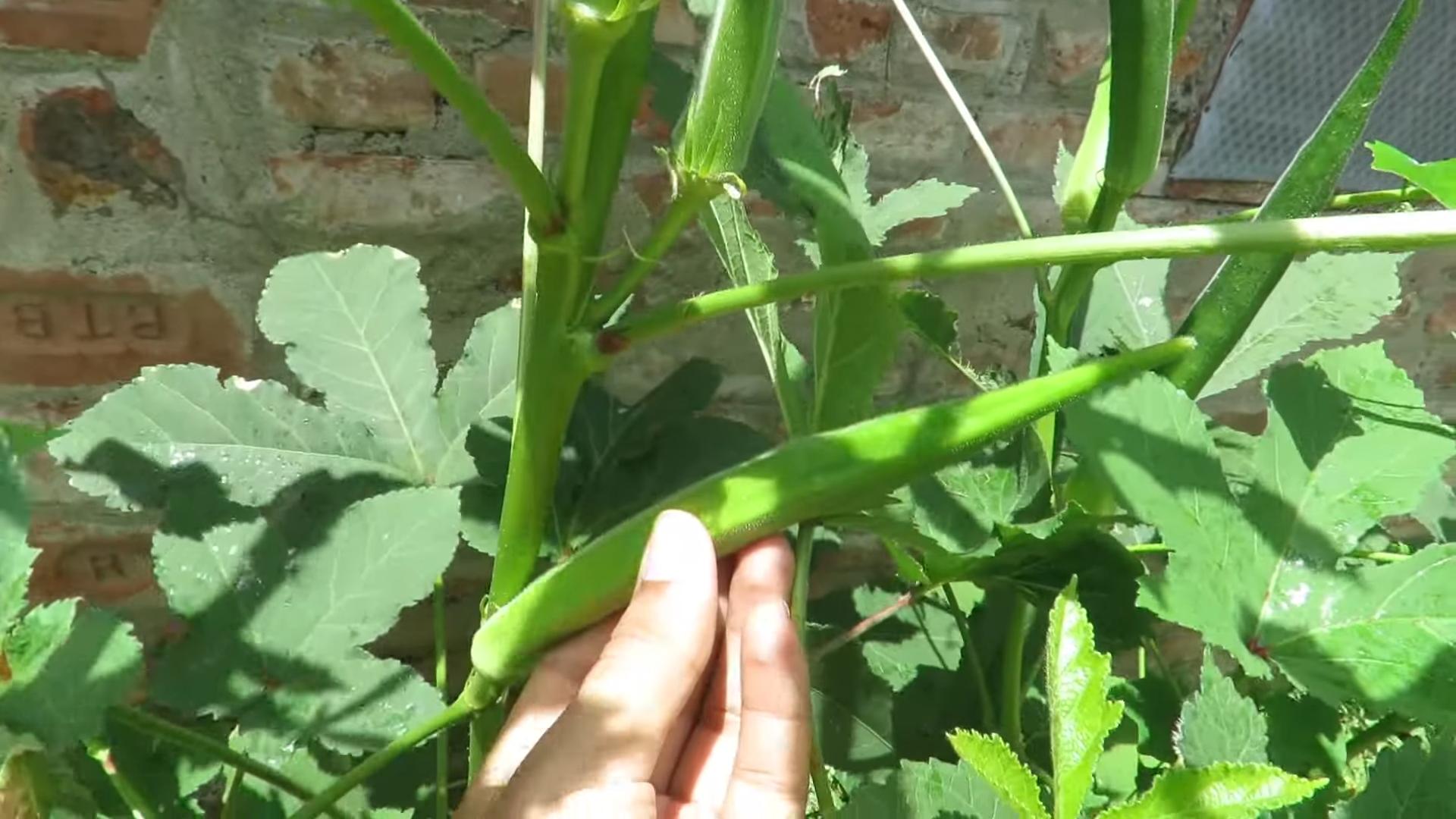
Growing Okra in Containers: A Step-by-Step Guide
Okra, with its vibrant green pods and unique flavor, is a rewarding vegetable to grow, even if you don’t have a sprawling garden. I’ve successfully grown it in containers for years, and I’m excited to share my method with you!
Choosing Your Container and Location
- Container Size: Okra plants have deep taproots, so you’ll need a large container. Aim for at least 15 gallons, but bigger is better. A 20-gallon container or even a half-whiskey barrel will give your okra plants plenty of room to thrive. Remember, the larger the container, the less frequently you’ll need to water.
- Container Material: Choose a container made from a material that drains well. Terracotta pots are excellent, but plastic containers also work well as long as they have drainage holes. Avoid containers that retain too much moisture, as this can lead to root rot.
- Sunlight: Okra needs at least six to eight hours of direct sunlight daily. Choose a sunny spot on your patio, deck, or balcony. If you live in a particularly hot climate, a little afternoon shade might be beneficial to prevent scorching.
- Drainage: Ensure your container has adequate drainage holes to prevent waterlogging. If your container doesn’t have drainage holes, you’ll need to drill some before planting.
Preparing the Soil
- Choose the Right Soil: Okra prefers well-draining, fertile soil. I recommend using a high-quality potting mix specifically designed for vegetables. Avoid using garden soil directly from your yard, as it may contain diseases or pests.
- Amend the Soil: To further improve drainage and fertility, I like to add some perlite or vermiculite to the potting mix. This helps to aerate the soil and retain moisture without becoming waterlogged. You can also add a slow-release fertilizer to provide your okra plants with a steady supply of nutrients.
- Fill the Container: Fill your chosen container with the amended potting mix, leaving about an inch of space from the top to allow for watering.
Planting Your Okra Seeds or Seedlings
- Starting from Seed (Indoors): If you’re starting from seed, sow them indoors about six to eight weeks before the last expected frost. Plant seeds about ½ inch deep and 1 inch apart. Keep the soil consistently moist until germination.
- Starting from Seed (Directly in Container): You can also sow seeds directly into your container after the last frost. Plant seeds about ½ inch deep and 1 inch apart. Again, keep the soil consistently moist.
- Using Seedlings: For a faster harvest, you can purchase okra seedlings from a garden center. Plant them at the same depth they were growing in their original containers, spacing them about 12-18 inches apart, depending on the variety.
- Watering After Planting: After planting, water thoroughly to settle the soil around the seeds or seedlings.
Ongoing Care and Maintenance
- Watering: Okra needs consistent moisture, especially during hot and dry periods. Water deeply and regularly, ensuring the soil remains moist but not soggy. Check the soil moisture regularly by sticking your finger a couple of inches into the soil. If it feels dry, it’s time to water.
- Fertilizing: Feed your okra plants every two to three weeks with a balanced liquid fertilizer. Follow the instructions on the fertilizer package for the correct dilution rate. Over-fertilizing can lead to excessive leaf growth at the expense of pod production.
- Pest and Disease Control: Monitor your plants regularly for pests such as aphids, spider mites, and flea beetles. Use insecticidal soap or neem oil to control infestations. Good air circulation can help prevent fungal diseases. Ensure your container has adequate drainage to prevent root rot.
- Supporting Tall Varieties: Some okra varieties can grow quite tall. If your plants are becoming top-heavy, you may need to provide support using stakes or cages to prevent them from falling over.
- Harvesting: Harvest okra pods when they are young and tender, typically when they are 2-3 inches long. Harvesting regularly encourages more pod production. Use a sharp knife or scissors to cut the pods from the plant.
Troubleshooting Common Problems
Yellowing Leaves:
Yellowing leaves can indicate several issues, including nutrient deficiencies, overwatering, or underwatering. Check your watering schedule and consider adding a balanced fertilizer.
Flowering but No Pods:
This can be due to insufficient pollination. Try hand-pollinating the flowers by gently transferring pollen from one flower to another using a small brush. Ensure your plants are getting enough sunlight and nutrients.
Small or Stunted Plants:
This could be due to poor soil quality, insufficient sunlight, or nutrient deficiencies. Ensure your container has well-draining soil and is located in a sunny spot. Consider adding a fertilizer.
Pest Infestations:
Regularly inspect your plants for pests. Use appropriate pest control methods as needed. Neem oil and insecticidal soap are effective against many common okra pests.
Choosing the Right Okra Variety
Consider the size of your container when choosing an okra variety. Dwarf or compact varieties are ideal for container gardening, as they don’t grow as tall as standard varieties. Check seed packets or plant tags for information on mature plant size.
Extending Your Okra Season
In cooler climates, you can extend your okra season by starting seeds indoors and using row covers to protect young plants from frost. You can also consider using a cloche or mini-greenhouse to protect your plants from unexpected cold snaps.
Harvesting and Storage
Harvest okra pods regularly, ideally every other day, to encourage continuous production. Store harvested okra in the refrigerator for up to a week. You can also freeze okra for longer storage.
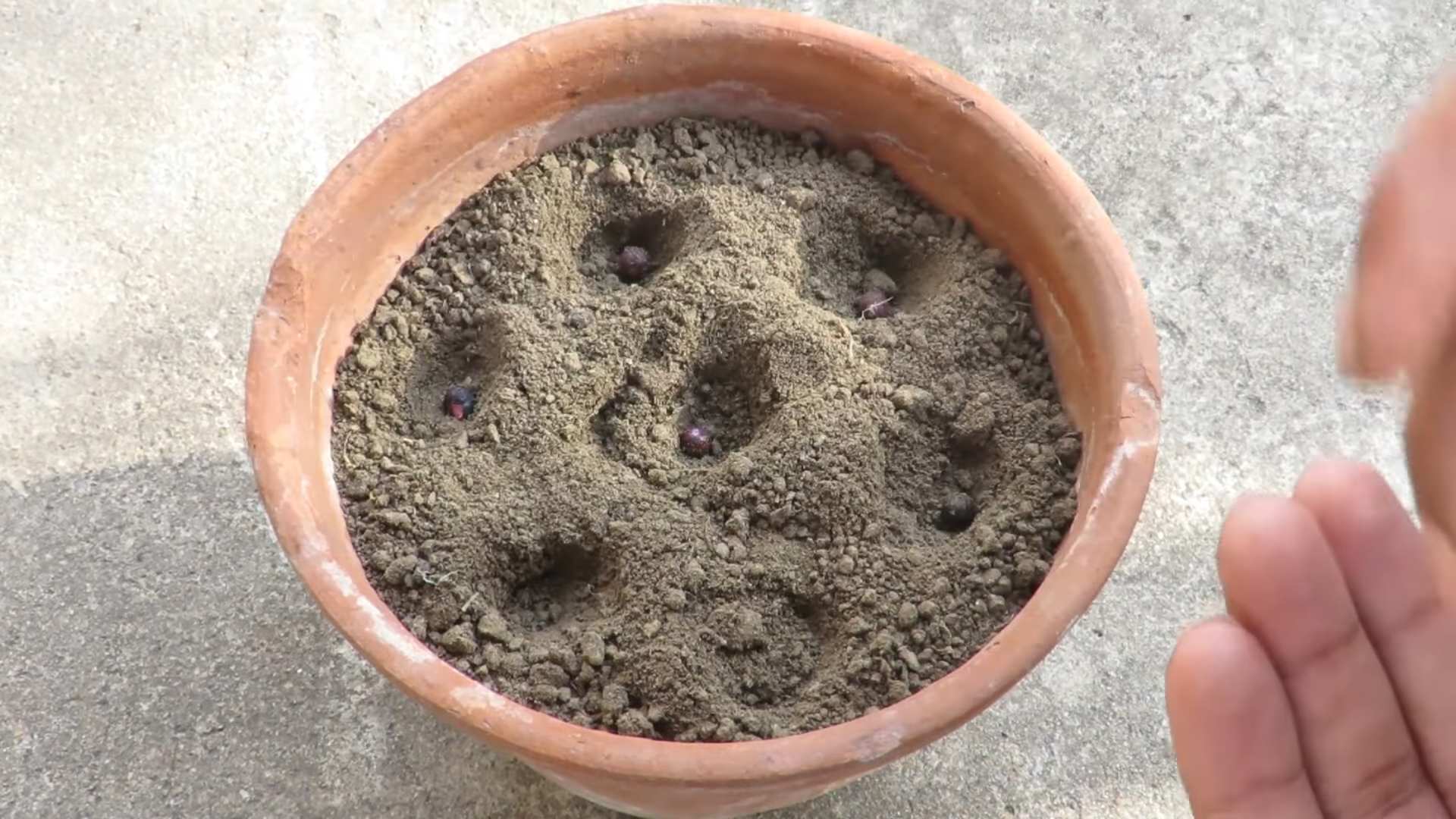
Conclusion
Growing your own okra, especially using the container gardening method detailed above, offers a rewarding experience that goes beyond simply harvesting fresh vegetables. This DIY trick provides unparalleled control over your okra plants, allowing you to optimize growing conditions and maximize yield, even if you have limited space. The ability to move your containers to follow the sun, protect them from harsh weather, and easily manage watering makes container gardening the perfect solution for many home gardeners. You’ll be amazed at the quality and flavor of homegrown okra, a taste far superior to anything you’ll find in the supermarket. The satisfaction of nurturing a plant from seed to harvest is incredibly fulfilling, and the abundance of fresh okra you’ll enjoy is a delicious reward for your efforts. Beyond the immediate gratification, you’ll also be contributing to a more sustainable lifestyle by reducing your carbon footprint associated with food transportation and packaging.
This method isn’t just limited to standard okra varieties. Experiment with different types of okra to find your favorite! Consider trying dwarf varieties for even smaller spaces, or explore heirloom seeds for unique flavors and colors. You can also enhance your container garden by incorporating companion plants like basil or marigolds, which can deter pests and improve overall plant health. Remember to adjust your watering schedule based on your climate and the size of your container. Overwatering can lead to root rot, while underwatering will stunt growth. Regularly checking the soil moisture is key to success. Don’t be afraid to get creative with your container choices, either! Anything from repurposed buckets to stylish ceramic pots can work, as long as it provides adequate drainage and sufficient space for the plant’s root system to develop. The possibilities are endless!
So, what are you waiting for? Give this Grow Okra in Containers method a try! You’ll be surprised at how easy it is to cultivate your own delicious okra harvest. Share your experiences, photos, and tips with us on social media using #GrowOkraInContainers. We’d love to see your thriving okra plants and hear about your successes (and even your challenges – learning from mistakes is part of the fun!). Let’s build a community of container okra gardeners, sharing knowledge and celebrating the joy of homegrown goodness. Remember, even a small balcony or patio can become a productive and beautiful okra garden with a little planning and effort. Embrace the challenge, enjoy the process, and savor the delicious rewards of your homegrown okra.
Frequently Asked Questions
What type of container is best for growing okra?
Okra plants need ample space for their roots to develop. Choose containers that are at least 12-15 inches in diameter and at least 12 inches deep. Larger containers are even better, especially for larger okra varieties. Ensure the container has drainage holes to prevent waterlogging. Materials like plastic, terracotta, or even repurposed buckets work well. The key is adequate size and drainage.
How much sunlight does okra need?
Okra thrives in full sun, meaning at least 6-8 hours of direct sunlight per day. Choose a location in your garden or on your patio that receives ample sunlight. If you’re using containers, you can easily move them to follow the sun throughout the day to ensure optimal exposure.
How often should I water my container-grown okra?
Watering frequency depends on your climate, container size, and the type of soil you’re using. Generally, aim to keep the soil consistently moist but not soggy. Check the soil moisture regularly by sticking your finger a couple of inches into the soil. If it feels dry, it’s time to water. Water deeply until water drains out of the drainage holes. Avoid letting the soil completely dry out, as this can stress the plants.
What kind of soil is best for growing okra in containers?
Okra prefers well-draining, fertile soil. Use a high-quality potting mix that’s specifically designed for containers. You can also amend your potting mix with compost or other organic matter to improve drainage and fertility. Avoid using heavy clay soils, as they can retain too much water and lead to root rot.
When can I harvest my container-grown okra?
Okra pods are ready for harvest when they are young and tender, typically 2-3 inches long. Harvest regularly, as this encourages the plant to produce more pods. Harvesting okra pods also prevents them from becoming tough and fibrous.
What are some common problems when growing okra in containers?
Common problems include pests (aphids, spider mites), diseases (fusarium wilt), and nutrient deficiencies. Regularly inspect your plants for signs of pests or diseases. Use appropriate pest control methods and ensure your plants receive adequate nutrients through fertilization. Proper watering is also crucial to prevent many common problems.
Can I grow okra in containers in all climates?
Okra is a warm-season crop and requires warm temperatures to thrive. It’s best suited for climates with long, hot summers. In cooler climates, you may need to start seeds indoors and transplant them outdoors after the last frost. You can also extend the growing season by using a greenhouse or grow lights.
What are the benefits of growing okra in containers compared to in-ground planting?
Container gardening offers several advantages, including better control over watering and fertilization, easier pest and disease management, portability (you can move the containers to follow the sun or protect them from harsh weather), and suitability for smaller spaces. It’s a great option for those with limited garden space or those who want more control over their growing environment.


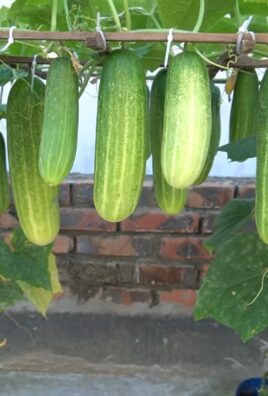
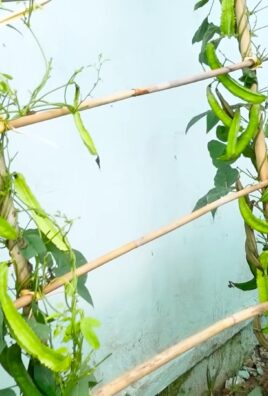
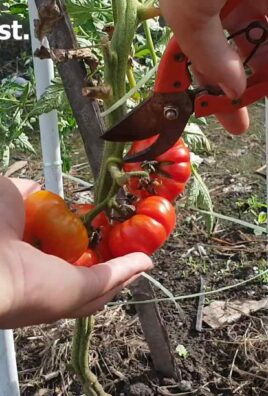
Leave a Comment